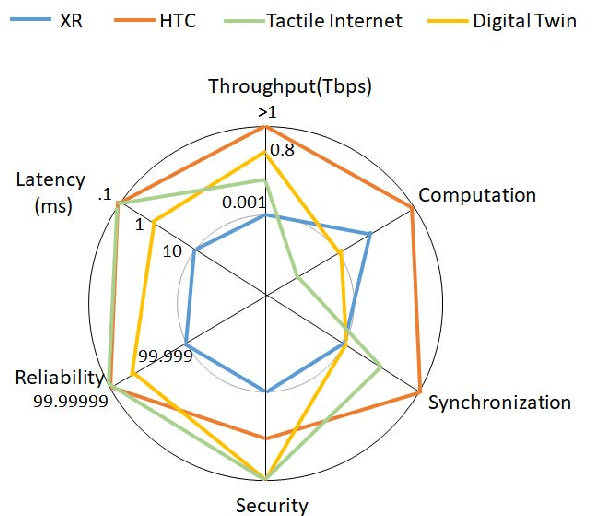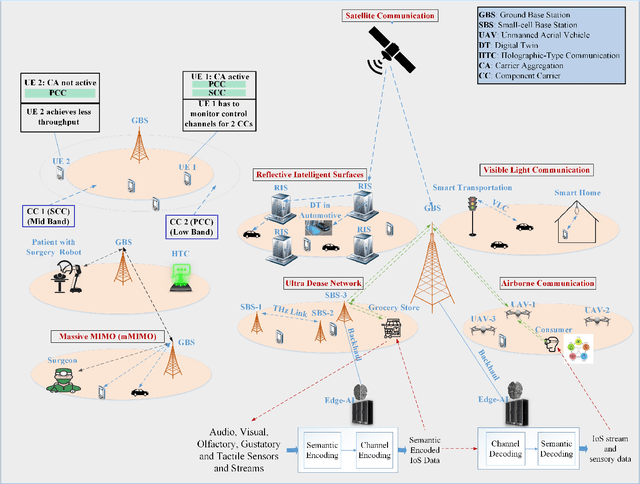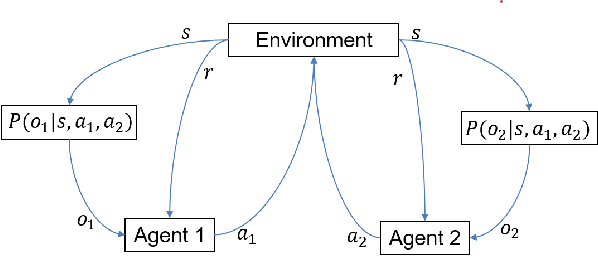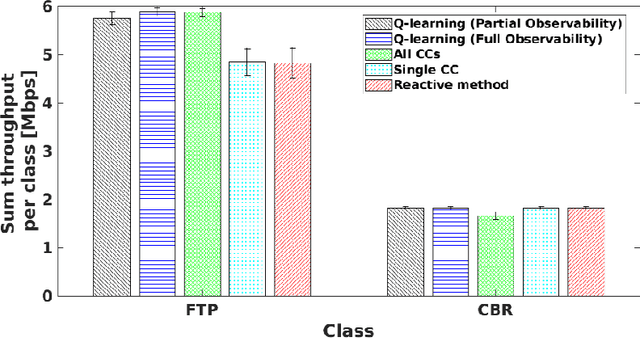The Internet of Senses: Building on Semantic Communications and Edge Intelligence
Paper and Code
Dec 21, 2022



The Internet of Senses (IoS) holds the promise of flawless telepresence-style communication for all human `receptors' and therefore blurs the difference of virtual and real environments. We commence by highlighting the compelling use cases empowered by the IoS and also the key network requirements. We then elaborate on how the emerging semantic communications and Artificial Intelligence (AI)/Machine Learning (ML) paradigms along with 6G technologies may satisfy the requirements of IoS use cases. On one hand, semantic communications can be applied for extracting meaningful and significant information and hence efficiently exploit the resources and for harnessing a priori information at the receiver to satisfy IoS requirements. On the other hand, AI/ML facilitates frugal network resource management by making use of the enormous amount of data generated in IoS edge nodes and devices, as well as by optimizing the IoS performance via intelligent agents. However, the intelligent agents deployed at the edge are not completely aware of each others' decisions and the environments of each other, hence they operate in a partially rather than fully observable environment. Therefore, we present a case study of Partially Observable Markov Decision Processes (POMDP) for improving the User Equipment (UE) throughput and energy consumption, as they are imperative for IoS use cases, using Reinforcement Learning for astutely activating and deactivating the component carriers in carrier aggregation. Finally, we outline the challenges and open issues of IoS implementations and employing semantic communications, edge intelligence as well as learning under partial observability in the IoS context.
 Add to Chrome
Add to Chrome Add to Firefox
Add to Firefox Add to Edge
Add to Edge